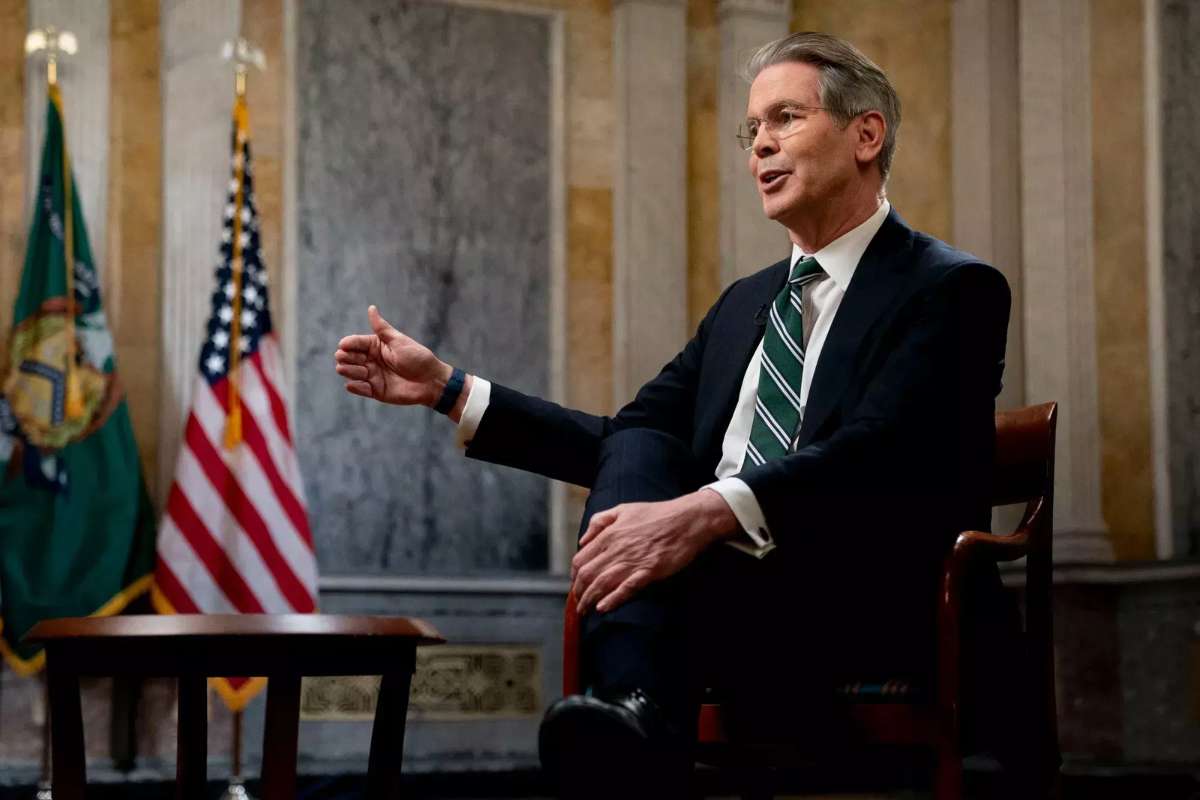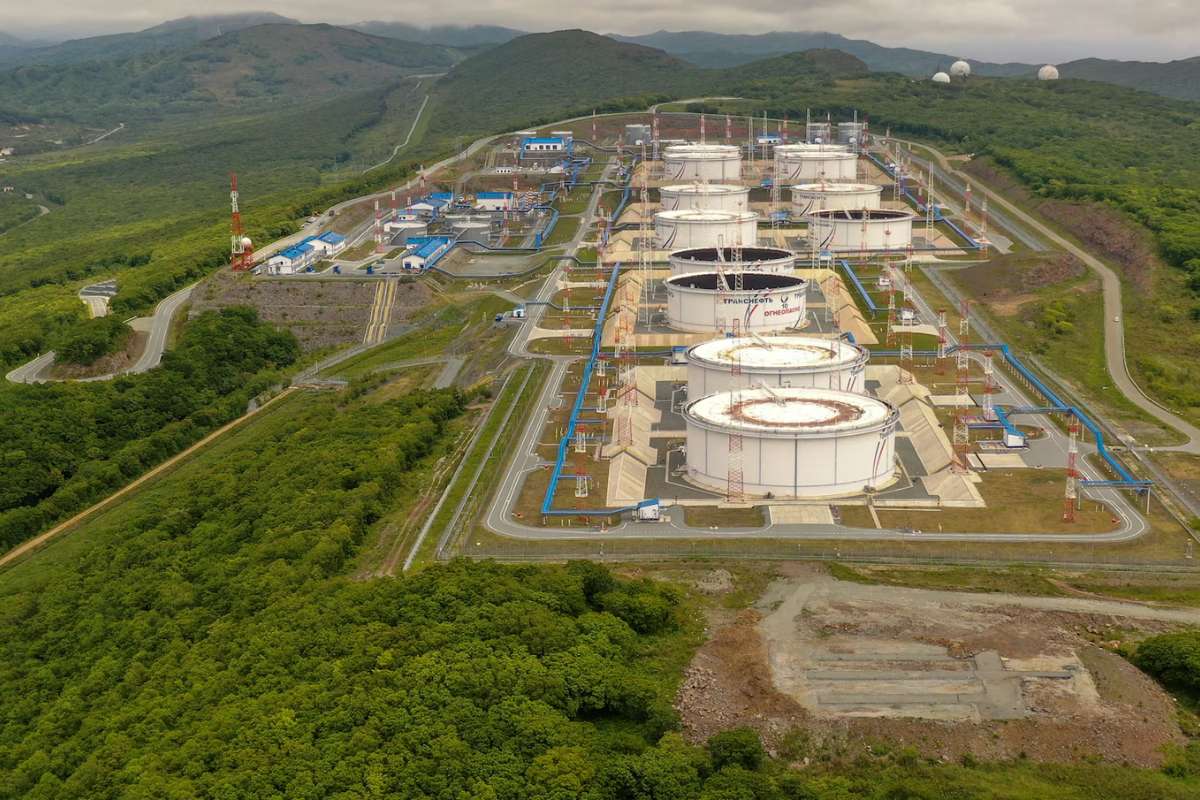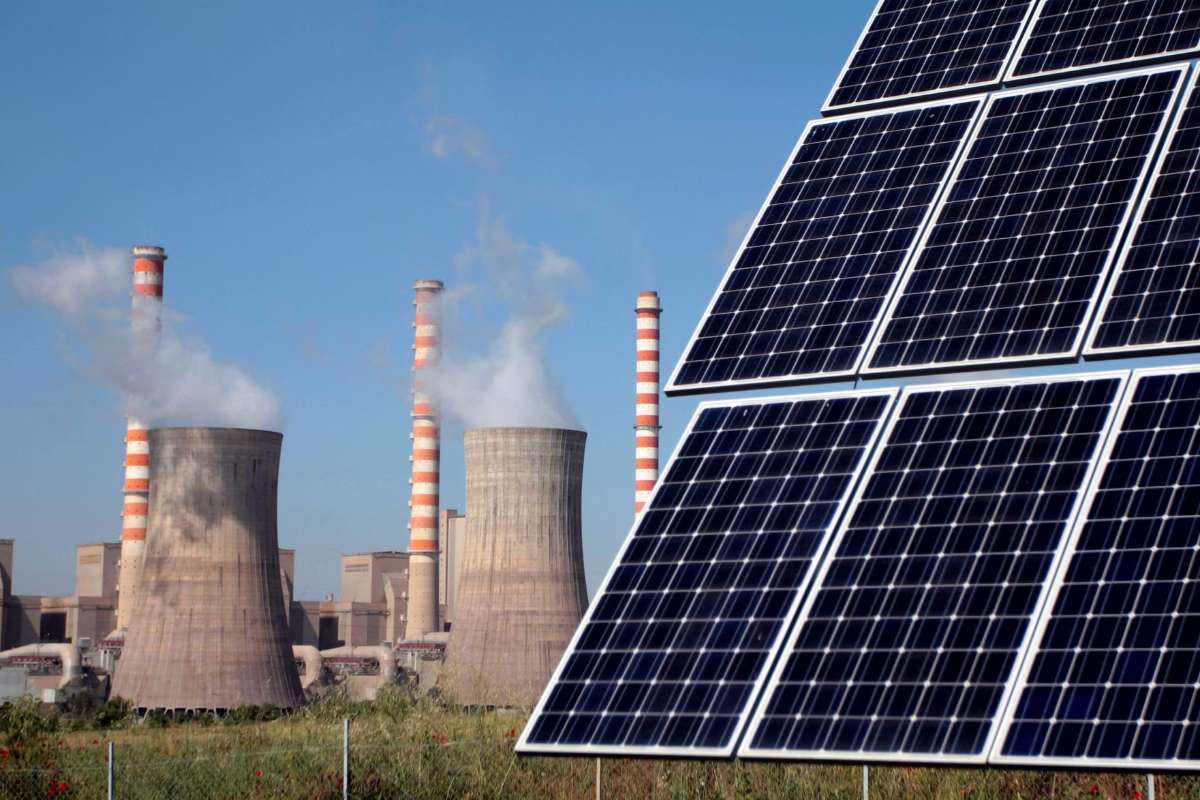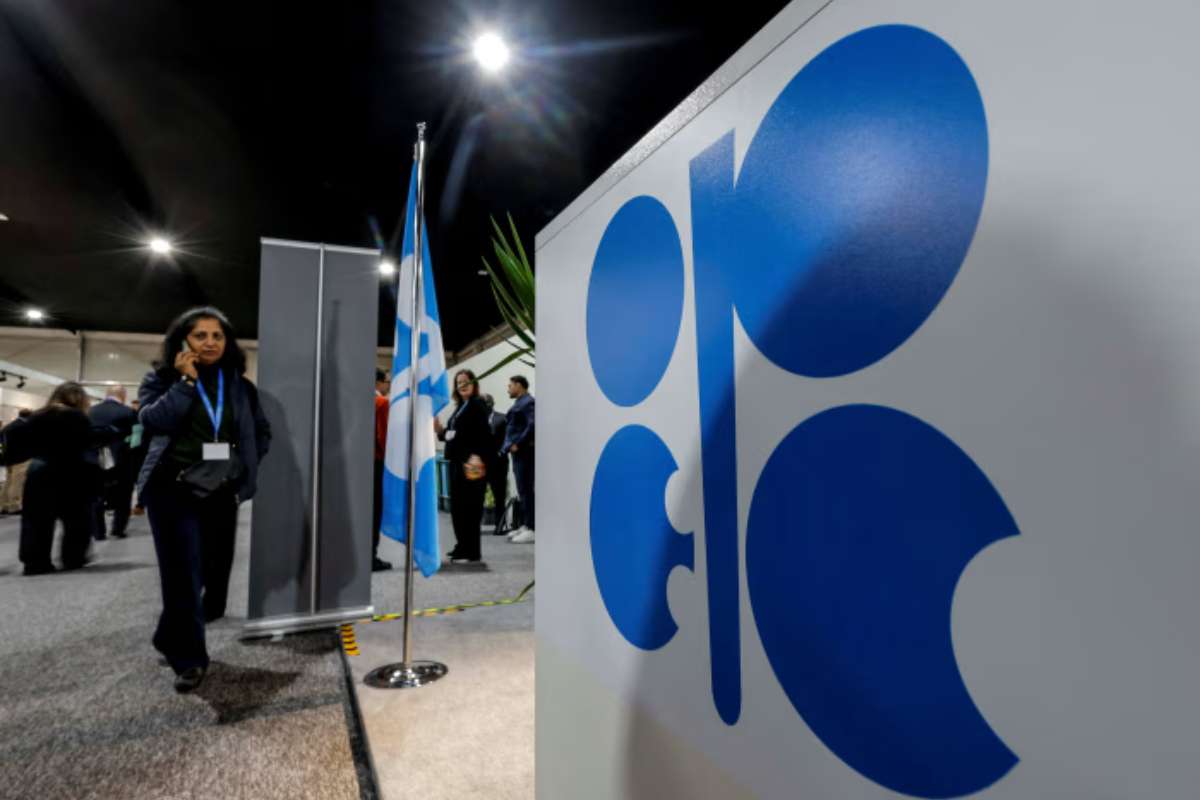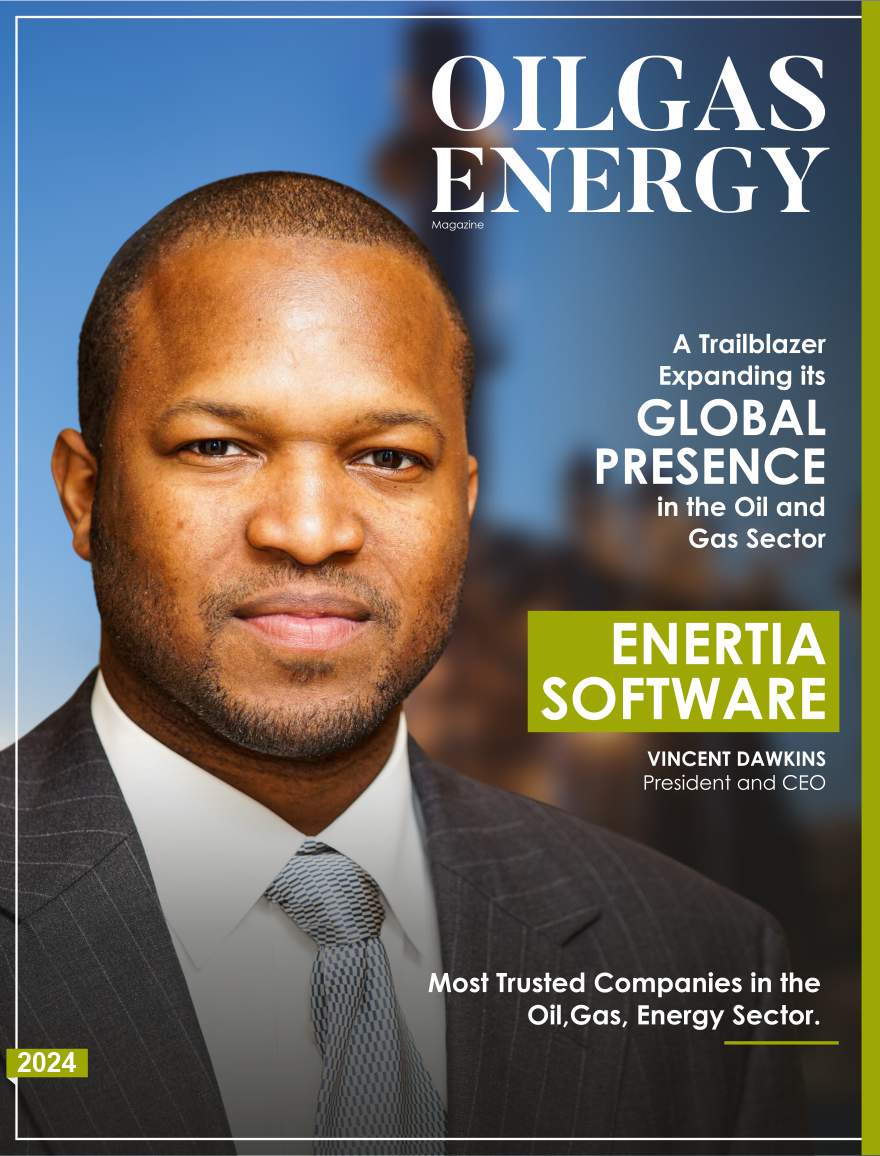California’s Public Utilities Commission is nearing the end of a three-year debate over the future of the Diablo Canyon nuclear power plant, the state’s last remaining nuclear facility. Scheduled to be shut down in 2024 for economic reasons, the plant received a lifeline through bipartisan legislation passed in 2022. The move came after heat-related blackouts and reports warning that renewable sources were not yet sufficient to meet California’s energy needs. Governor Gavin Newsom signed the bill, allowing Diablo Canyon to remain operational until 2030.
Currently, the plant supplies about 8% of California’s total electricity and nearly 17% of its carbon-free power. Its continued operation is positioned as crucial to the state’s transition to renewable energy. However, while the extension itself was seen by some as necessary, the fee structure supporting the plant has stirred considerable debate.
Fee Structure Raises Oversight Concerns
A central point of contention is the “volumetric performance fee” established by the legislation. Instead of allowing the California Public Utilities Commission (CPUC) to set the fee through its usual regulatory process, lawmakers locked the amount into statute at $13 per megawatt hour. PG&E is permitted to collect this fee not only from its own customers but also from customers of other utilities, including Southern California Edison and San Diego Gas & Electric.
The fee is intended to replace the standard return on investment PG&E would receive for operating the plant and to account for potential liabilities associated with running an older nuclear facility. By 2026, this fee is expected to cost PG&E customers around $190.8 million, with an additional $59.7 million charged to Edison customers and $12.9 million to those of SDG&E.
Despite a provision in the law that bans PG&E shareholders from directly benefiting from the fee, critics fear the utility may still profit indirectly due to limited oversight. Consumer watchdogs and nuclear safety advocates argue that the way the fee is managed could result in a “slush fund” for PG&E, with minimal accountability to ensure funds are spent appropriately.
Calls for Transparency and Accountability
The CPUC is now preparing to vote on final rules about how PG&E must spend and report use of the funds. One commissioner has already delayed the vote twice, citing concerns about the lack of sufficient oversight. Critics, including advocacy group The Utility Reform Network, argue that regulators are backing away from a tough stance on PG&E’s spending practices.
“The commission is ready to throw in the towel,” said Matthew Freedman, a lawyer for the group, suggesting that PG&E is being allowed too much freedom in managing public funds. PG&E, on the other hand, has defended its position, stating that the CPUC lacks authority to impose tighter controls and that the funds may need to be used in ways that also reduce customer costs across the board, not just for Diablo Canyon operations.
As the CPUC prepares to make its final decision, questions remain about whether the arrangement truly balances California’s energy needs with transparency and public trust.




